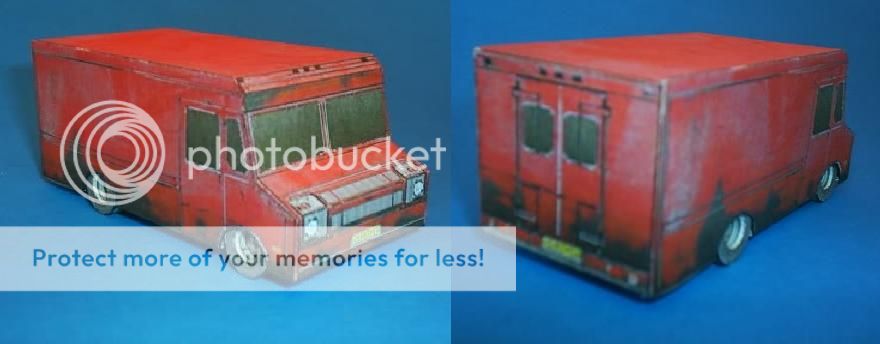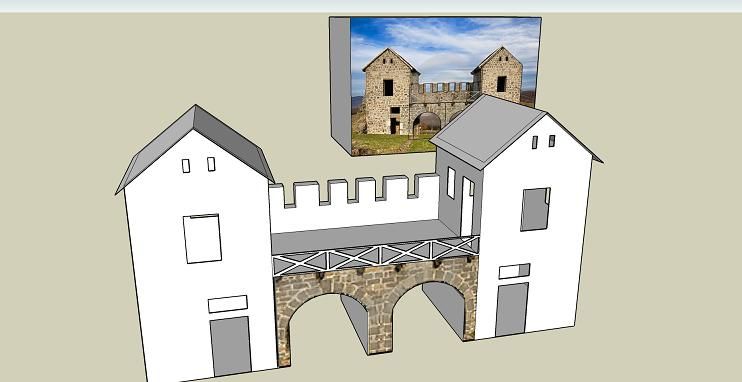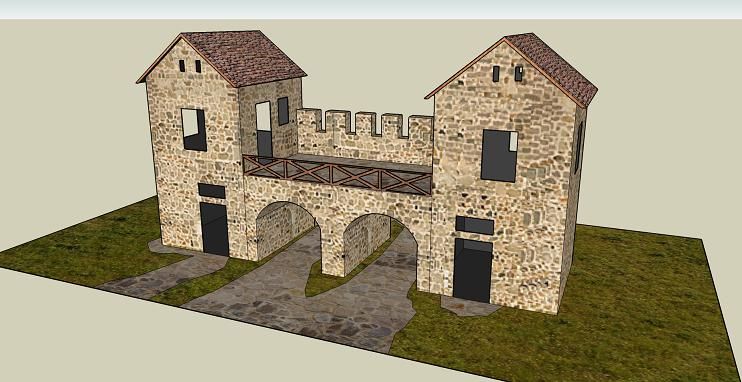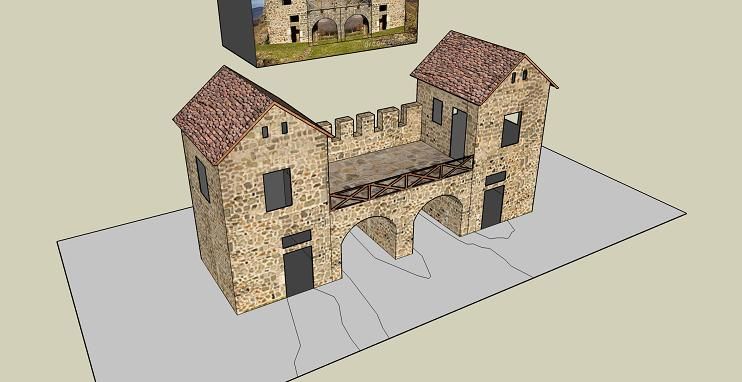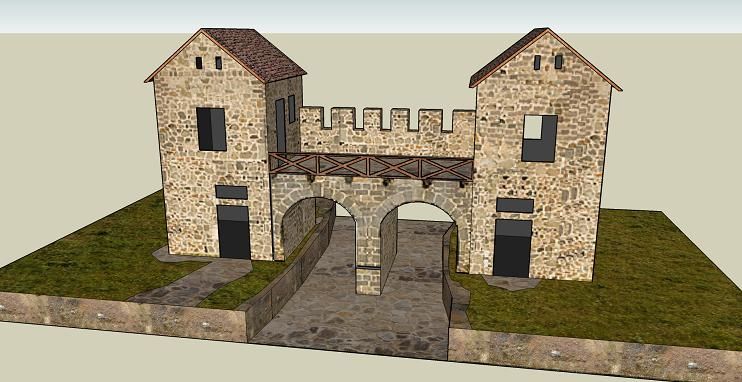Este modelo bem realista foi feito por Dragos, um desiner e papel modelista Romeno. no seu site você encontrará vários modelos exclusivos, do nível deste aqui postado.
This was the first tank to be manufactured at the Kharkiv Locomotive Plant in 1929. The required documentation was developed by the tank design team headed by Ivan N. Aleksenko building on the technical project of the 1-12-32 tank developed by the design bureau of the Ordinance Arsenal Trust. A single specimen of the vehicle was manufactured and subjected to trials. The trials showed clearly that there were major drawbacks in the design of the power pack, transmission and running gear. The tank was never accepted for service. - morozov.com
Esta foi a primeira tentativa de produzir um veículo de combate na Kharkiv Locomotive Plant, uma fábrica de locomotivas soviética, em 1929. Seu projeto e desenvolvimento foi encabeçado por uma equipe comandada por Ivan N. Aleksenko, trabalhando sobre o projeto técnico de outro tanque, o 1-12-32 . apenas um tanque t-12 foi construído e posto à prova. Os testes mostraram claramente que houve grandes erros de projeto na transmissão, na energia necessária e nos rolamentos das esteiras. O tanque T-12 nunca foi aprovado para combate. - morozov.com
| The Real Thing |
Link: T-12.Soviet.Tank.by.Dragos
More Tanks and Military related posts:
WW1 and WW2 Paper Tanks - by Wayne McCullough - Tanques Da 1ª e da 2ª Guerra
M1A1 Abrams Tank Papercraft - by Yudho - Tanque Americano Abrams
WW2 German Tank PzKpwf VI. Tiger In 1/100 scale - by Rawen


